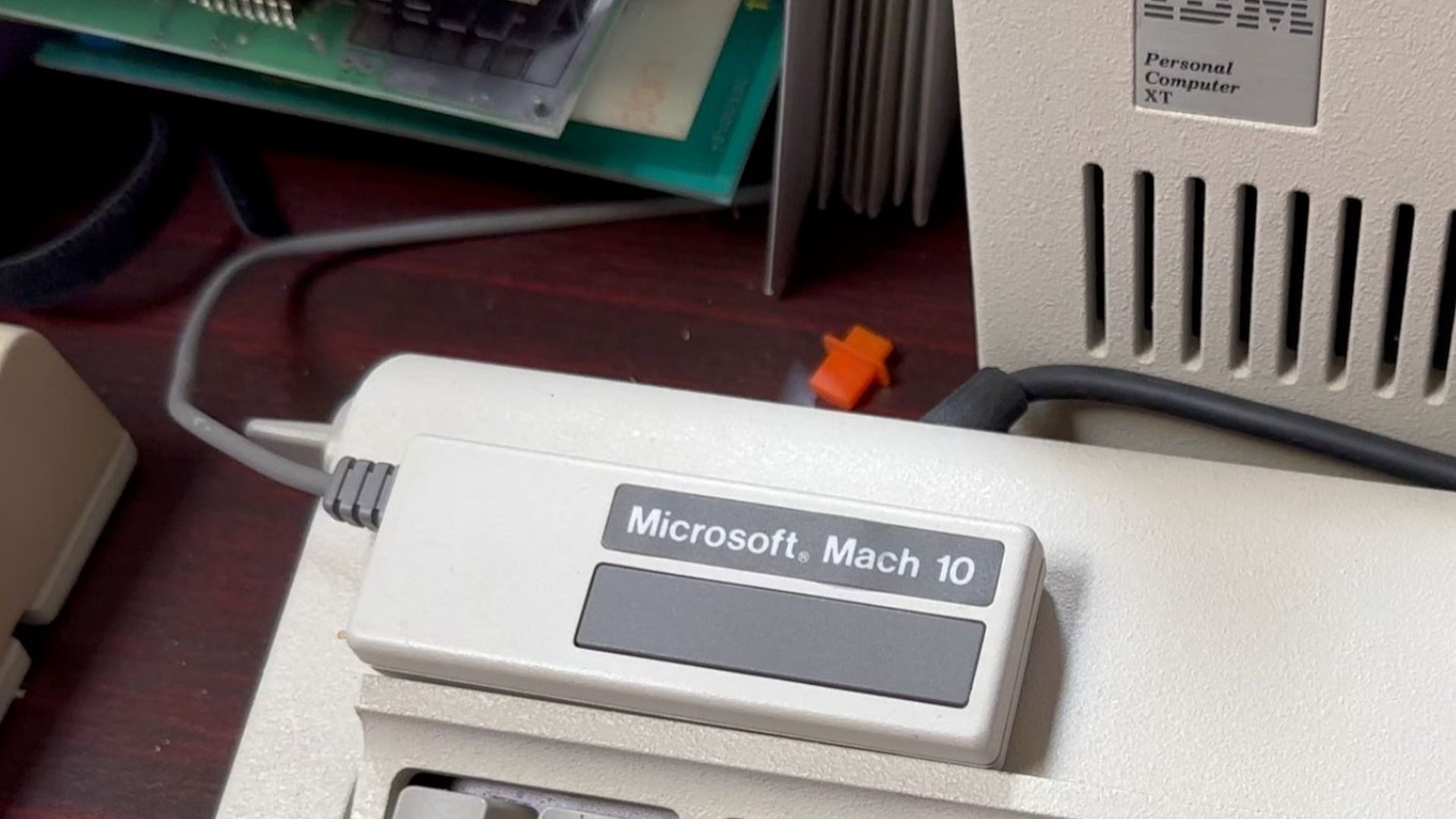This is the "worst-selling Microsoft product of all time" - and there's a good reason you've probably never heard of it
OS/2 for Mach 20 remains a tiny footnote in Microsoft’s massive legacy

- The Mach 20 tried to bridge the gap between generations of PCs - but instead achieved near-total obscurity
- Only 11 units of OS/2 for Mach 20 ever reached customers
- Eight users who bought OS/2 for Mach 20 quickly returned it, disappointed
In the history of Microsoft’s successes, from Windows to its expansive suite of office software, lies an almost forgotten misstep which stands as a lesson in technological timing.
The “worst-selling Microsoft product of all time” is not an obscure game or unused application, but rather a specialized version of an operating system designed for hardware very few people owned.
Known as “OS/2 for Mach 20,” it sold only eleven copies, eight of which were reportedly returned.
The vision behind the Mach 20
In the mid to late 1980s, PC hardware was evolving rapidly, with faster processors and richer graphics reshaping what computers could do for business users.
For companies still adapting to the digital era, replacing entire systems was costly, and Microsoft’s Mach 10 and later Mach 20 expansion cards were conceived as solutions to this problem.
They promised to give older PCs new life by adding faster processors and extra memory through a plug-in upgrade rather than a full replacement.
The Mach 20, with its 80286 CPU and expandable memory options, seemed an attractive compromise between cost and performance.
Sign up to the TechRadar Pro newsletter to get all the top news, opinion, features and guidance your business needs to succeed!
Despite that promise, it remained limited by older bus architecture and expensive to implement.
At the time, the market was already moving toward newer machines that required no such workaround.
Businesses that once hesitated to invest in new computers found themselves more inclined to buy fresh hardware than gamble on complex retrofits.
Microsoft’s decision to release a dedicated version of OS/2 for the Mach 20 compounded the problem.
OS/2 itself, developed alongside IBM, was intended to replace DOS and rival Windows as the future of computing.
The Mach 20 edition, however, required specific hardware to run, shrinking its potential user base to a handful of enthusiasts.
Predictably, sales were dismal. Only a few units ever reached customers, making it one of the most obscure releases in Microsoft’s long catalogue.
The Mach 20 and its OS/2 variant disappeared into obscurity, but its story remains relevant - as its failure shows how even a technology giant can misjudge the balance between innovation and practicality.
Via Tom's Hardware
Follow TechRadar on Google News and add us as a preferred source to get our expert news, reviews, and opinion in your feeds. Make sure to click the Follow button!
And of course you can also follow TechRadar on TikTok for news, reviews, unboxings in video form, and get regular updates from us on WhatsApp too.

Efosa has been writing about technology for over 7 years, initially driven by curiosity but now fueled by a strong passion for the field. He holds both a Master's and a PhD in sciences, which provided him with a solid foundation in analytical thinking.
You must confirm your public display name before commenting
Please logout and then login again, you will then be prompted to enter your display name.